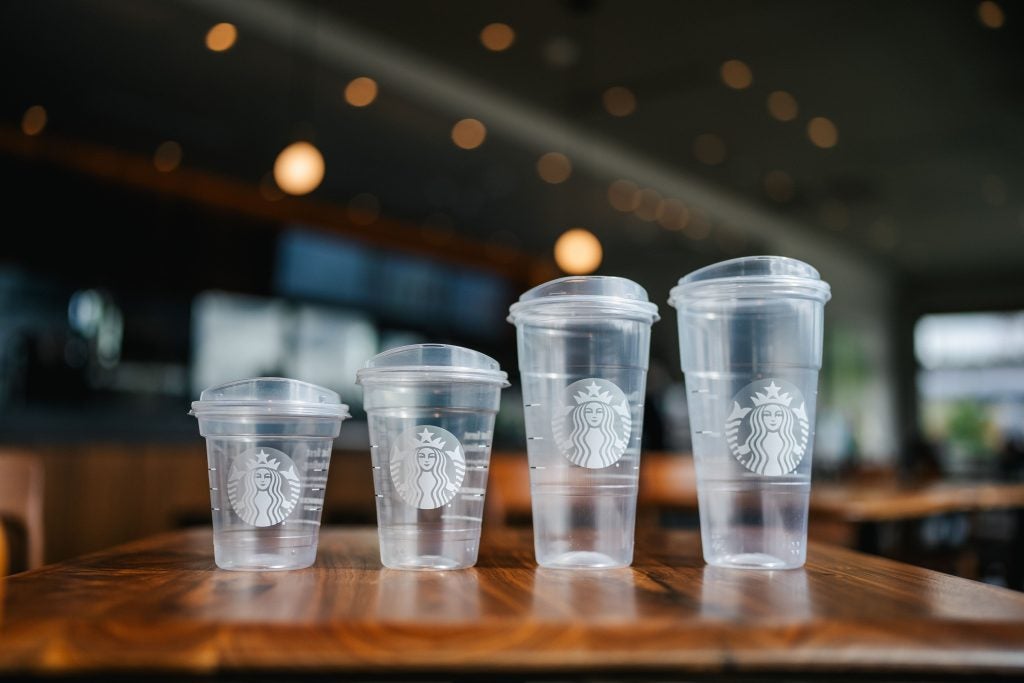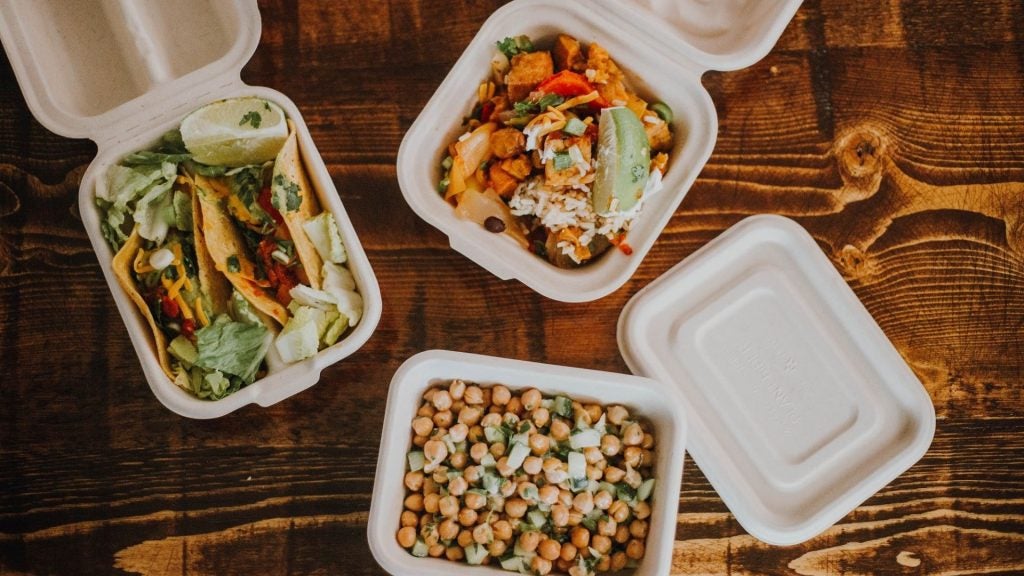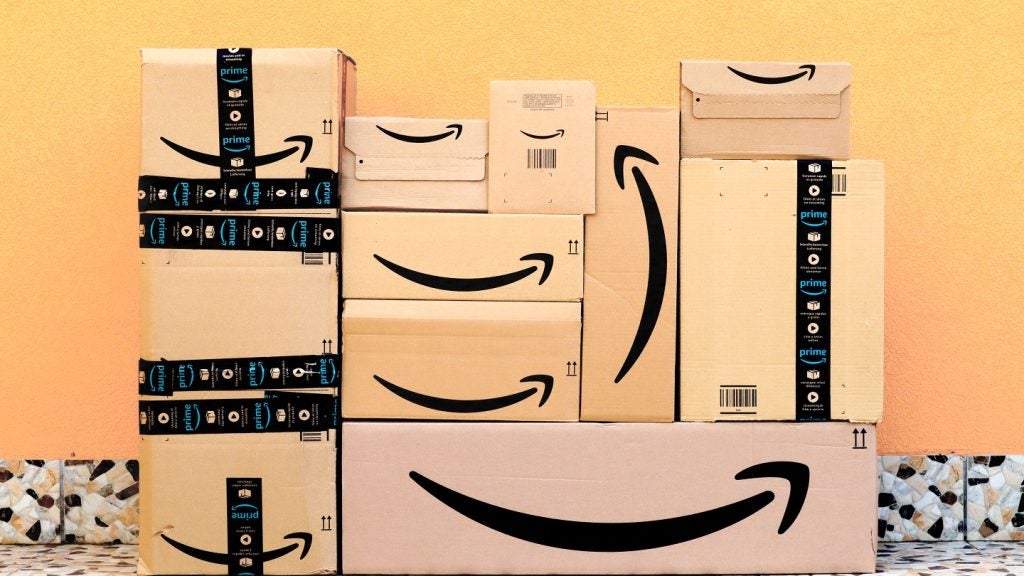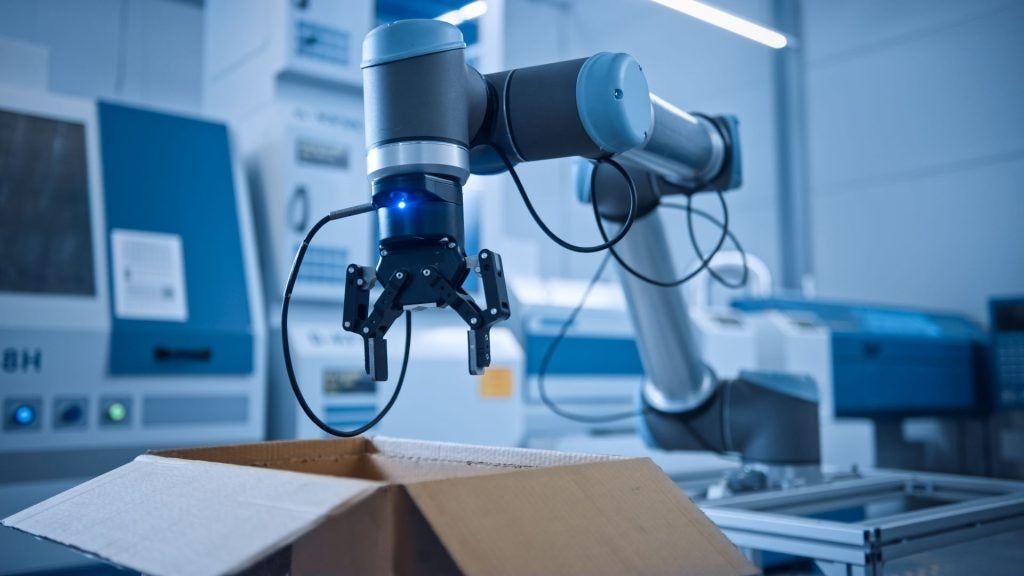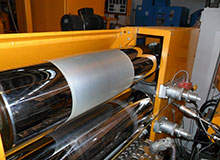

Active label technology: maintaining moisture content
Essentra‘s new Aquasense active label technology is a label with a difference; designed to help maintain moisture content within packs to ensure goods remain fresh and do not dry out.
The technology is activated by the consumer on opening the pack. The absorbent Aquasense pad in the label is placed in water to soak up the amount of moisture needed. The pad can then release moisture within the pack to keep the product fresh, control humidity and reduce waste.
The technology is available in a variety of formats depending on the needs of the product it is protecting. In today’s consumer focused world the technology innovatively has an option to include high impact graphics that can deliver a message on impact with water. This gives brands the opportunity to combine providing a practical solution to controlling freshness with delivering promotional messages to interact with consumers.
How well do you really know your competitors?
Access the most comprehensive Company Profiles on the market, powered by GlobalData. Save hours of research. Gain competitive edge.

Thank you!
Your download email will arrive shortly
Not ready to buy yet? Download a free sample
We are confident about the unique quality of our Company Profiles. However, we want you to make the most beneficial decision for your business, so we offer a free sample that you can download by submitting the below form
By GlobalDataSee Also:
Natural materials in packaging: multi layers
Along with giving your bolognese that extra kick, garlic is now being tested as a natural material in packaging to help extend product shelf life. The Technological Institute of Plastics (AIMPLAS) has coordinated the European research project PLA4FOOD with the aim to create a new generation of packaging materials that combine biodegradable and active properties along with natural extracts, such as garlic molecules.
These natural extracts, incorporated into the inner layer of the packaging, would release antioxidant, antimicrobial and antifungal properties when in contact with food. The team at AIMPLAS aim for the packaging to be available in a variety of different formats including rigid trays or flexible film bags.
The outer layer of the packaging incorporates moisture absorbers, which are important in keeping products such as salads fresh. In tests using iceberg lettuce, oxidation in the cut area takes 15% longer to appear than when stored in regular packaging. After the products’ shelf life expired the food was still suitable for consumption.
Every layer of the packaging contains plasticiser additives, which are biodegradable and improve the material’s properties for industrial processing. The ability to only use natural additives only in the layer it is needed facilitates the production of thinner and lighter packaging materials.
Touch Transfer Technology: incorporating smart devices
Consumer interaction is high on the agenda for next generation packaging designs such as the futuristic Touch Transfer Technology (3T) developed by Chesapeake. Once applied to packaging, 3T will allow consumers to interact with smart devices such as smartphones or tablets.
"[3T can] talk to us, provide us with information on its storage, send reminders and tell us when it is the best time to use the product," says Carol Hammond, head of R&D at Chesapeake. "The drivers for developing unique consumer experiences are very strong and, in most cases, the technology to deliver these changes is already here or just around the corner."
Brands can display customised information, simulations and even augmented reality all through the consumer activating the technology by touch; no additional power source is needed for the packaging.
"Touch Transfer Technology offers brands the ability to interact with a consumer in a relatively cost intuitive way," says Hammond. "The printed circuit can be subtly integrated into a product’s artwork and used to activate a bespoke phone app."
Chesapeake is currently researching ways to incorporate printed electronics into packaging so it can be activated by a 3T enabled device.
Insignia embedded labels: self timers and intelligent plastics
Fridges across the country are most likely full to the brim with opened packages of half eaten food. Sometimes it can be hard to remember how long they have been left opened and whether food is still safe to consume. In steps Insignia Technologies, a sensor and indicator company that has developed an innovative embedded label technology that could make having a fridge full of half finished food a thing of the past.
The embedded label indicates once the package is opened when food is best to eat and when it is going off. Over time the label changes colour to indicate that the pack is ‘just opened’, then that the product should be used soon and finally that the product is ‘past best’. The innovation aims to fight against food waste by helping avoid the unnecessary binning of food before it goes off.
"Our embedded timer is powered by an intelligent plastic," explains Helen Ewen, executive assistant at Insignia Technologies. "The plastic changes colour in the presence of carbon dioxide, which is commonly used in modified atmosphere packs. When the consumer opens a pack such as sliced meats the carbon dioxide escapes which initiates our plastic film changing colour."
The time and temperature sensitive technology was developed initially at the University of Strathclyde and verified by Insignia. The colour change is calibrated to take place depending on manufacturer guidelines.
"The Insignia embedded timer presents a unique opportunity for brands to encourage consumers to retain the food within its original packaging as the timer represents additional functionality to that packaging," says Ewen.
"A lot of effort has gone into the Fresher for Longer campaign which is set up to encourage consumers to retain packaging and reduce food waste which works very well with Insignia’s ethos."
Insignia has received interest in the technology from all over the world but hope a trial will run in the UK in late 2014.
Follow Stephanie Phillips on Google+




